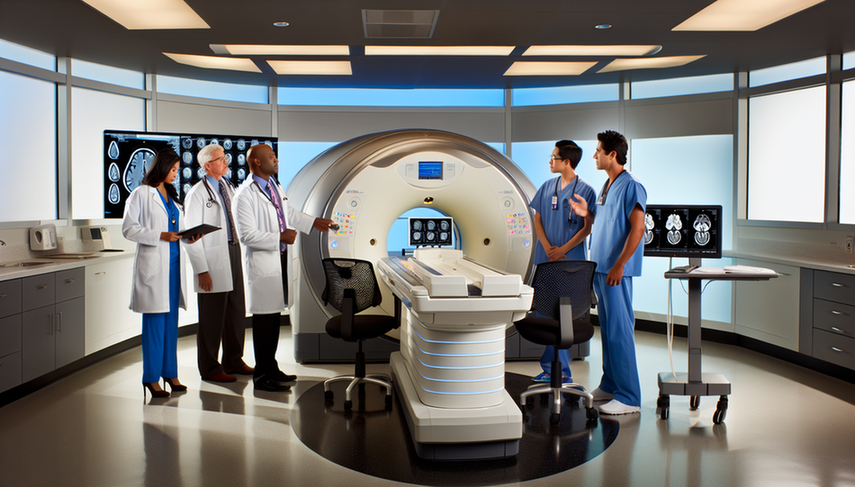Advanced Diagnostic Applications of New Medical Imaging Techniques: MRI, CT, and Doppler Ultrasound

In the field of medicine, medical imaging techniques have evolved significantly, enabling more precise diagnoses and personalized treatments. Magnetic resonance imaging (MRI), computed tomography (CT), and Doppler ultrasound are just a few of the tools that have revolutionized how we evaluate and treat various pathologies. These advanced diagnostic applications not only enhance diagnostic accuracy but also reduce the risks associated with invasive procedures.
Diving Deeper into Advanced Medical Imaging Techniques
Magnetic resonance imaging has evolved to include techniques such as gadolinium-enhanced MRI and diffusion MRI, which are crucial for the early diagnosis of diseases like osteoarthritis and cancer [1]. Additionally, computed tomography has improved with the integration of artificial intelligence, allowing for a more detailed assessment of cardiovascular and pulmonary diseases [2].
On the other hand, Doppler ultrasound and other ultrasound techniques have proven effective in evaluating inflammatory diseases and guiding interventional procedures [3]. These techniques not only provide high-resolution images but also minimize radiation exposure, which is crucial in vulnerable populations such as children and adolescents [4].
Conclusions
Medical imaging techniques continue to advance, offering new opportunities for the diagnosis and treatment of complex diseases. The integration of technologies such as artificial intelligence and radiomics is transforming precision medicine, allowing for a more comprehensive and personalized assessment of patients [5]. As these technologies develop, it is essential for medical professionals to stay updated to maximize their potential in clinical practice.
Referencias
- [1] Imaging of Osteoarthritis of the Knee
- [2] Modern Diagnostic Imaging Technique Applications and Risk Factors in the Medical Field: A Review
- [3] Advancements in Imaging Techniques for Early Diagnosis and Management of Axial Spondyloarthritis
- [4] Emerging Techniques in Diagnostic Imaging for Idiopathic Scoliosis in Children and Adolescents: A Review of the Literature
- [5] The Applications of Radiomics in Precision Diagnosis and Treatment of Oncology: Opportunities and Challenges
Created 13/1/2025
